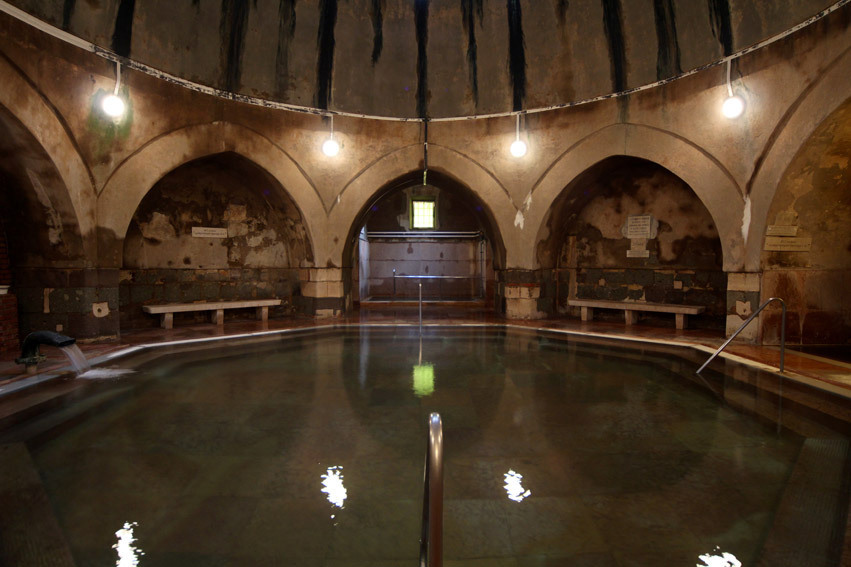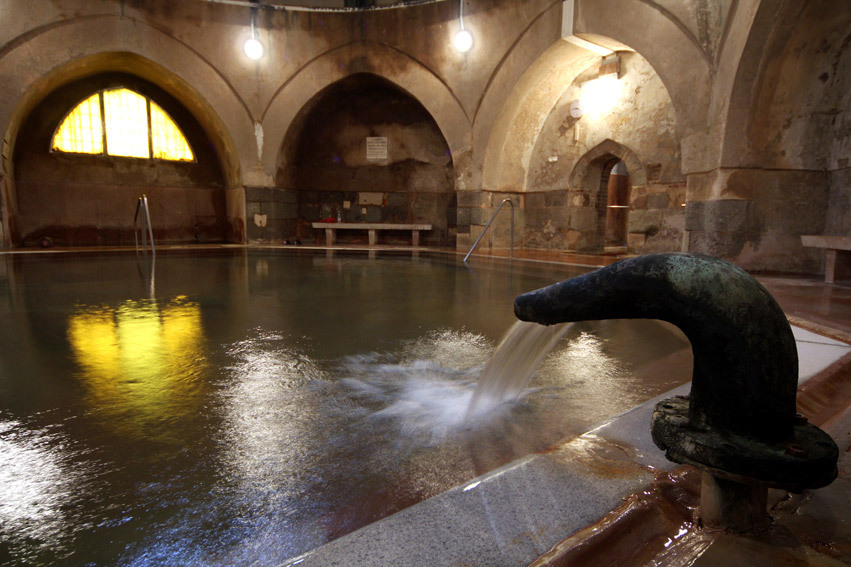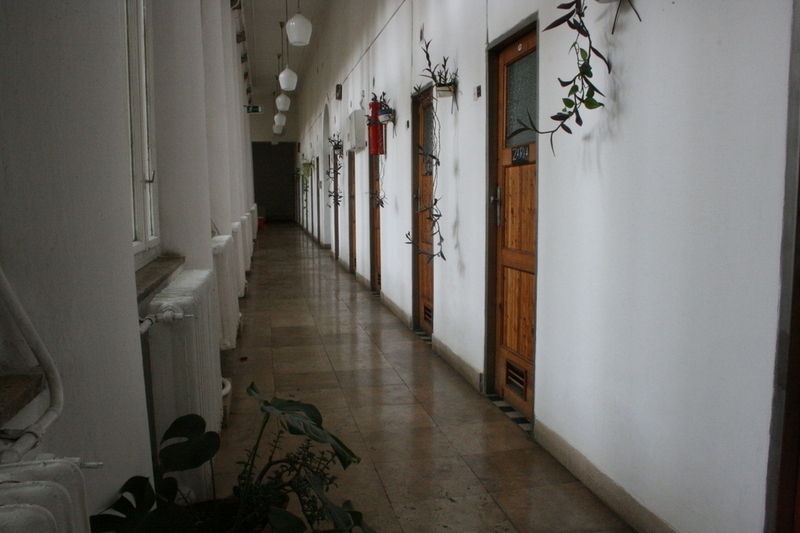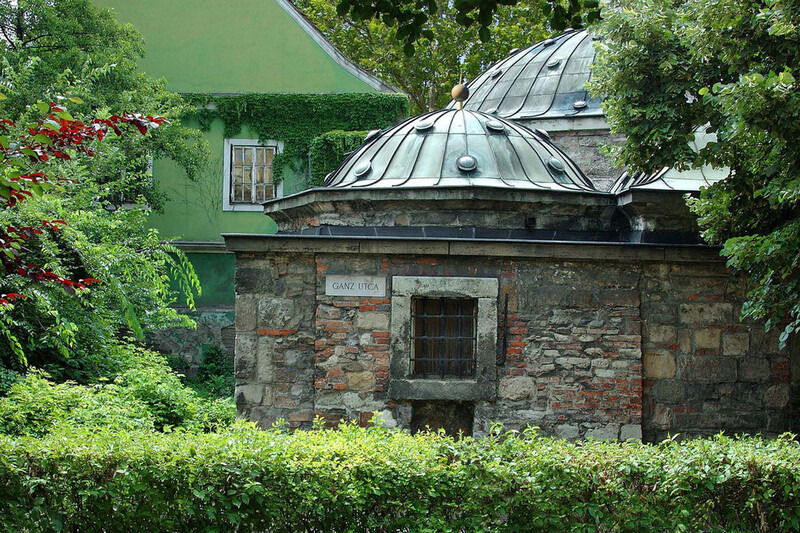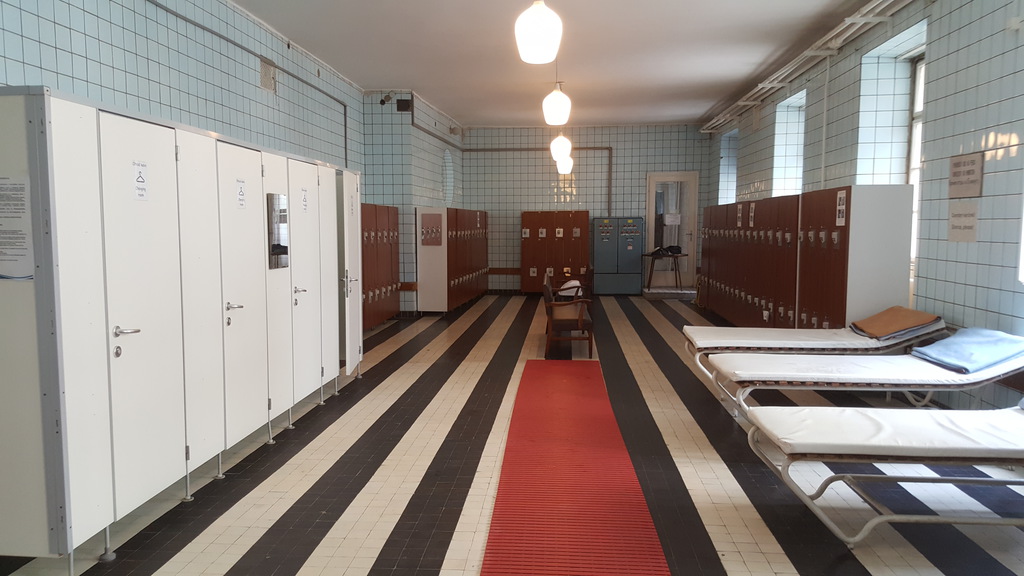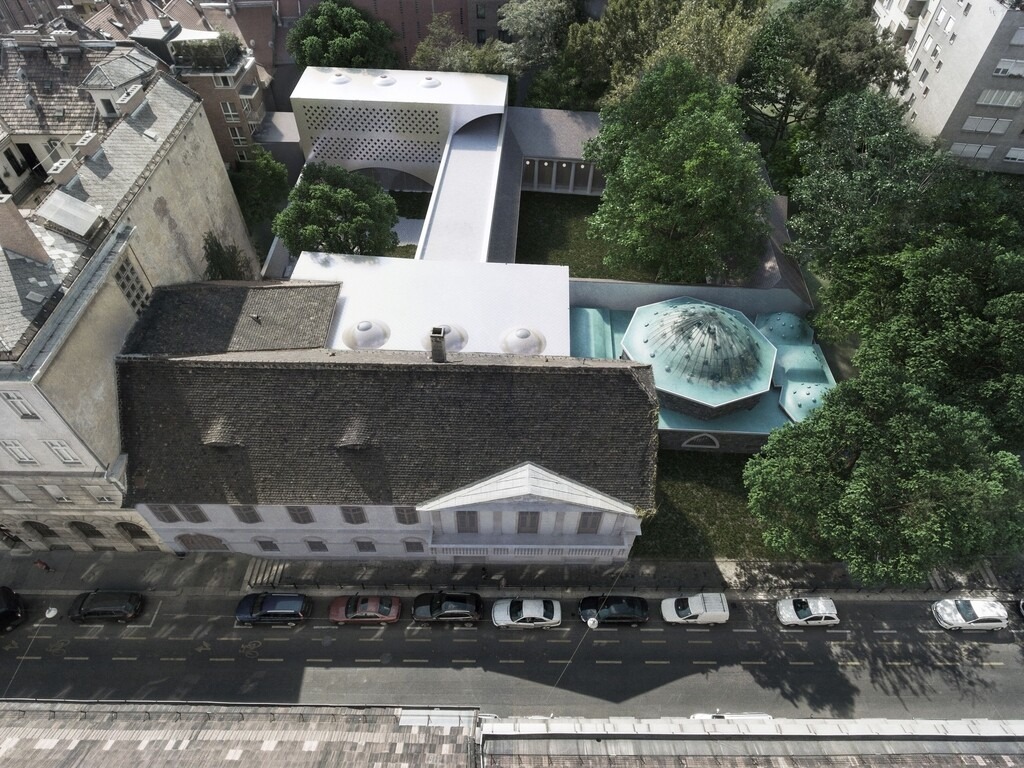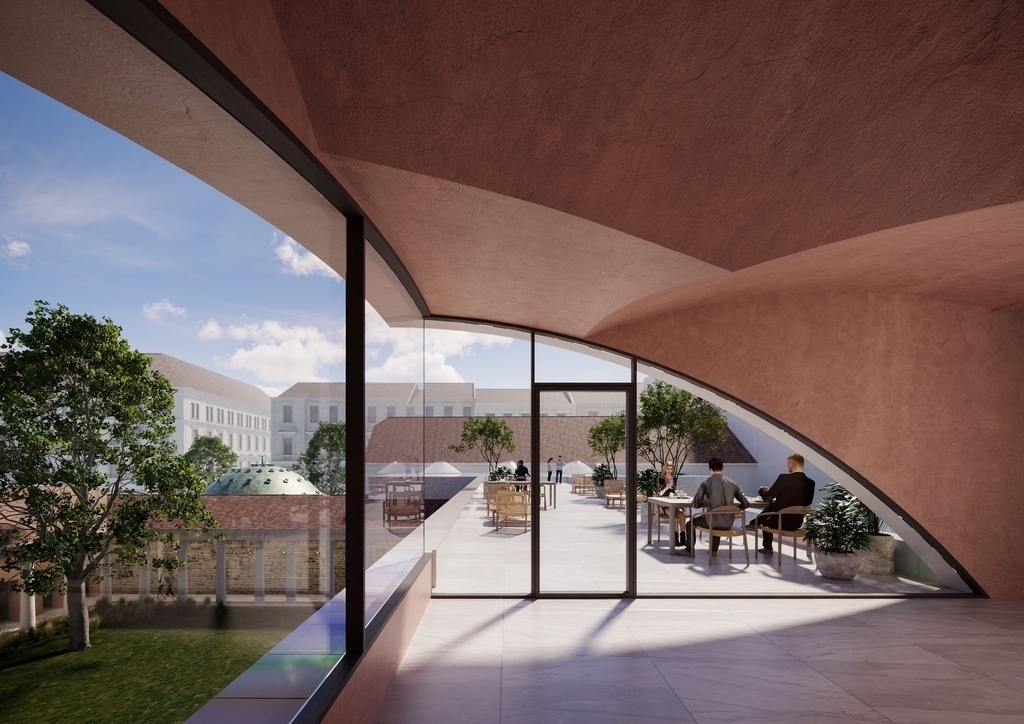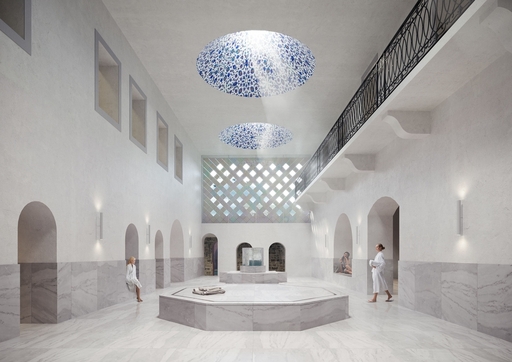Király Thermal Bath: the iconic spa may regain its pomp with Turkish help – PHOTOS

The Király Thermal Bath in Buda boasts a rich history spanning nearly 500 years, deemed a national treasure, yet it languishes in a state of disrepair so dire that it has remained closed to visitors for years. Now, the spa may finally undergo a much-needed rejuvenation.
The Király Thermal Bath is one of the iconic buildings of the second district. Its construction began in 1565 by the Pasha of Buda, Arslan, during Hungary’s Turkish occupation. The bath was strategically built within the city walls, allowing the Turks to indulge in the luxury of thermal bathing even during times of siege.
Interestingly, the spa has never had a direct hot water source; instead, the thermal water originates from the Lukács Bath, flowing into the Turkish-era building However, the water’s high mineral content has led to severe corrosion, rendering the plumbing system a victim of rust.
In the 1700s, the spa underwent expansion, acquiring its name from its owners, the König family (König meaning “king” in German, or “király” in Hungarian). During World War II, the spa suffered extensive damage, and therefore it had to be completely renovated in 1950.
Telex reports that the building, which is currently in a deplorable state, may now get a much-needed facelift.
The Király Thermal Bath, as it stands today:
The path to renovating the Király Thermal Bath has been long
The last time the spa was fully renovated occurred nearly seventy years ago. Despite assessments indicating the need for major renovations as early as 2003, the spa continued to operate under temporary permits until 2020, all the while its condition deteriorated.
A tender was issued for the building’s renovation, initially scheduled to begin in 2019. However, the COVID-19 pandemic disrupted these plans entirely, resulting in the closure of the Király Thermal Bath to visitors.
Now, however, there is renewed hope that the Király Thermal Bath may regain its former splendour. Ildikó Szűts, general manager of Budapest Spas cPlc, and Gergely Őrsi, mayor of the 2nd district, announced on Tuesday that the state, in collaboration with the Turkish-Hungarian Gül Baba Foundation, would cover the costs of the renovation.
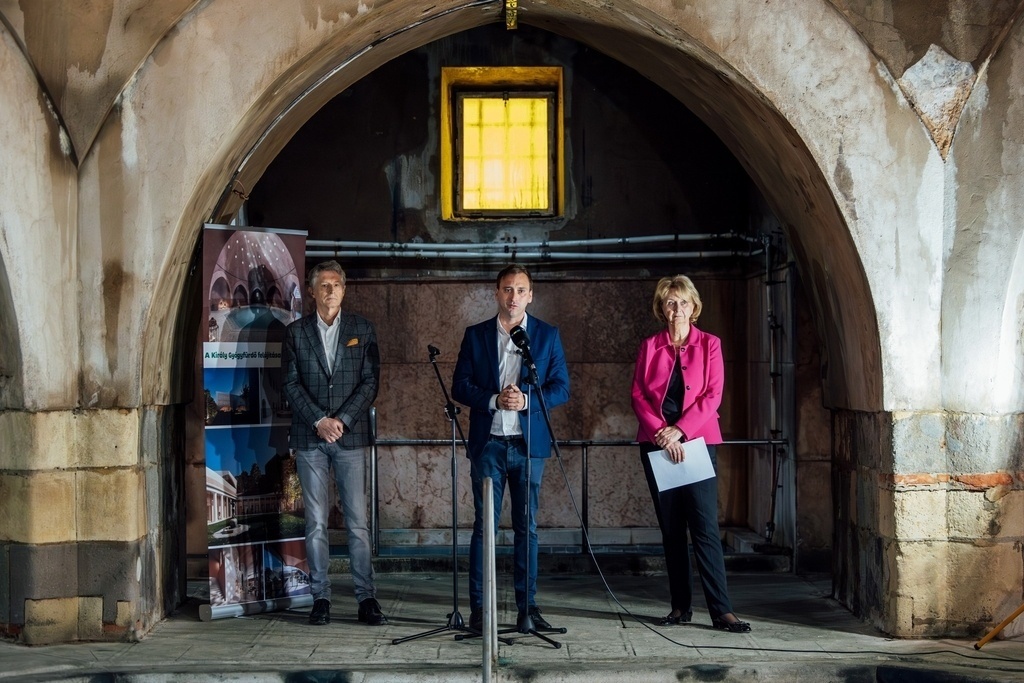
Photo: Gergely Őrsi / Facebook
Accordingly, the spa directorate has already revised the estimated renovation costs from HUF 6-7 billion to HUF 4.5 billion, working closely with the architectural firm that won the tender in 2017.
Hungarian-Turkish relations, urban development and Adnan Polat
Telex highlights the name of Adnan Polat in connection with the Király Thermal Bath renovation project. Polat is a representative of the Hungarian-Turkish Gül Baba Association, tasked with the Turkish national mission, and serves as president of the Gül Baba Tomb Foundation, supported by the Hungarian state and funded by the Ministry of Foreign Affairs.
The businessman’s family made headlines in 2020 when they received Hungarian citizenship and identity cards. Alongside other Turkish oligarchs, they hold substantial stakes in Hungary’s power plant market and boast significant real estate investments, including interests related to Hungarian military procurement.
Telex claims that Polat and his family are also involved in city development projects in the Közvágóhíd region of Pest, a venture that the government has classified to be of utmost importance for the national economy. The family is also involved in the Duna Pearl project, a development of housing units on the bank of the Danube in the heart of the city, in Újlipótváros.
Read also:
Marina City: Development of Budapest’s new Danube-side city quarter begins! – VISUAL PLANS HERE
Magnificent: Time Out Market to open in Budapest’s renewed mall soon! – PHOTOS HERE
Source: Telex



